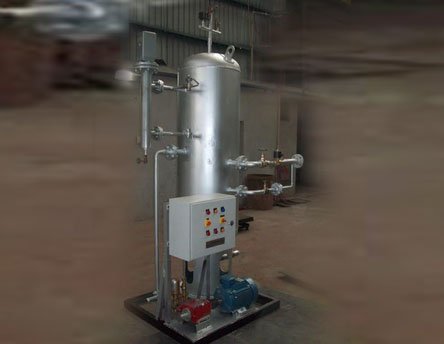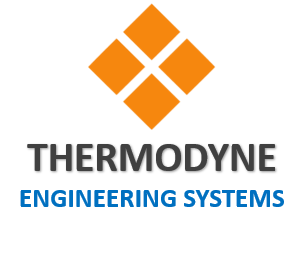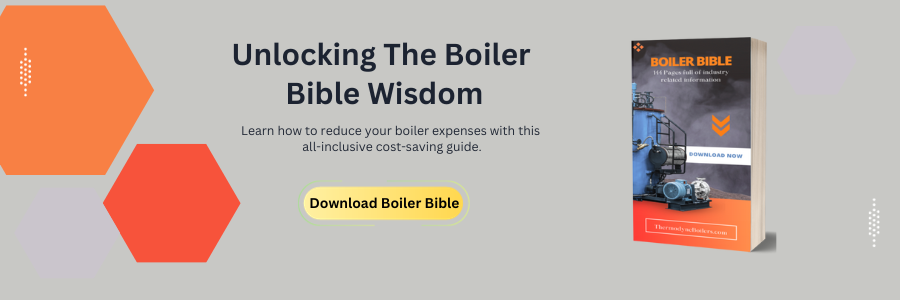Our Pressurized Condensate Recovery Module (PCRM) is a unique system wherein the condensate generated from your process is fed back under pressure directly to the boiler, unlike any other conventional condensate recovery system where the condensate is discharged at atmospheric pressure.

Our Pressurized Condensate Recovery System serves you the following advantages
- Whole condensate is recovered
- No Flash steam loss
- Minimal make-up water requirement
- Reduced water treatment cost for make-up water
- Reduced fuel consumption due to high feed water temperature
- Increased steam output of the existing Boiler
- 20% savings on fuel bills
- Reduced boiler blow down
- Reduced boiler TDS
- High feed water temperature drives out dissolved oxygen, thus preventing leaks & corrosion
https://contentupgrade.me/2ypMgB4D
10 Benefits of Pressurized Condensate Recovery Module FAQ
Condensate recovery is the process of collecting and returning condensate to the boiler feedwater system. This helps to improve boiler efficiency, reduce operating costs, and protect the environment.
There are many benefits to condensate recovery, including:
* Increased boiler efficiency: Condensate is water that has already been heated by the boiler, so returning it to
the boiler feedwater system helps to reduce the amount of fuel needed to heat the water. This can lead
to significant cost savings.
* Reduced operating costs: Condensate recovery can also help to reduce operating costs by reducing the
amount of makeup water that needs to be added to the boiler. This is because condensate is already free
of contaminants, so it does not need to be treated before it is added to the boiler.
* Improved environmental performance: Condensate recovery can help to improve environmental performance
by reducing the amount of wastewater that is generated. This is because condensate does not contain
any contaminants, so it can be discharged to the sewer without treatment.
Condensate recovery systems typically consist of the following components:
* Steam traps: Steam traps are devices that separate condensate from steam.
* Condensate collection system: The condensate collection system collects the condensate from the steam traps.
* Condensate pump: The condensate pump is used to return the condensate to the boiler feedwater system.
There are two main types of condensate recovery systems:
* Vented condensate recovery systems: Vented condensate recovery systems vent the condensate to the atmosphere after it has been separated from the steam.
* Pressurized condensate recovery systems: Pressurized condensate recovery systems return the condensate to the boiler feedwater system under pressure.
There are a number of factors to consider when choosing a condensate recovery system, including:
* The size of the steam system
* The amount of condensate that is generated
* The type of steam traps that are used * The desired level of efficiency
The cost of a condensate recovery system will vary depending on the size of the system, the type of system, and the features that are included.
The installation of a condensate recovery system should be done by a qualified professional.
Condensate recovery systems should be maintained on a regular basis to ensure that they are operating efficiently. This includes inspecting the steam traps, cleaning the condensate collection system, and replacing worn or damaged components.
The most common problems with condensate recovery systems include:
* Steam traps that are leaking
* Condensate collection systems that are clogged
* Condensate pumps that are not working properly
There are a number of resources available to learn more about condensate recovery systems, including:
* Manufacturers’ websites
* Trade publications
* Professional organizations


